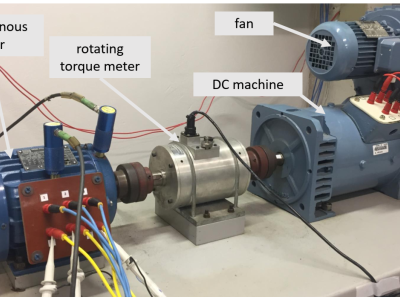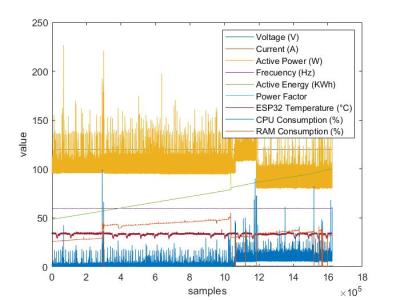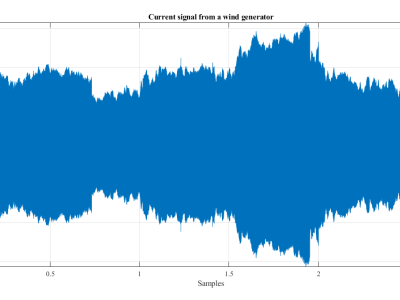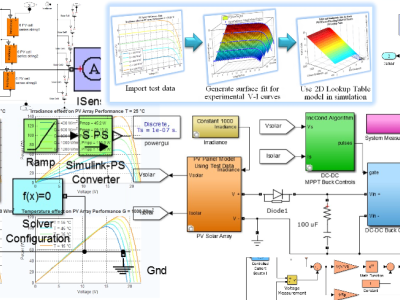US Representative Feeder Sets for Distribution Grid Economics and Policy Applications - Alameda County, CA Case Study

- Citation Author(s):
-
Albane Seres
- Submitted by:
- Albane Seres
- Last updated:
- DOI:
- 10.21227/xf9a-4e91
 27 views
27 views
- Categories:
- Keywords:
Abstract
This dataset presents the distribution networks developed in our unpublished paper, "US Representative Feeder Sets for Distribution Grid Economics and Policy Applications." In the paper, we generate feeder sets that reproduce the economic characteristics of local distribution grids by starting from prototypical feeders that represent the electric installations in a specific location.
We utilize the US taxonomy feeders [1] in our work, though the methodology can be applied to any representative feeder set. Without altering the topology, our proposed methodology adjusts the electric equipment ratings in these feeders based on asset costs and capacities reported in [2]. This ensures that the feeders reflect the historical investment rates observed in utilities within a particular climate zone [3].
Furthermore, the methodology generates various feeder instances with electric load profiles that are typical of the building stock in a given county [4] [5]. It guarantees that the resulting representative feeder set can accurately reproduce both the historical investment rates and the total energy consumption, peak demand, and building types of each county.
This specific dataset includes a set of feeders that are representative of the economic characteristics of Alameda County, CA.
[1] K. P. Schneider, D. W. Engel, Y. Chen, S. E. Thompson, D. P. Chassin,and R. G. Pratt, “Modern Grid Initiative Distribution Taxonomy Final Report,” 2008.
[2] K. Horowitz, “”2019 Distribution System Upgrade Unit Cost DatabaseCurrent Version.”,” 2019.
[3] ”OEDI: FERC Form 1 Electric Utility Cost, Energy Sales, Peak Demand, and Customer Count Data 1994-2019.”
[4] Present, E., White, P., Harris, C., Adhikari, R., Lou, Y., Liu, L., Fontanini, A., Moreno, C., Robertson, J., & Maguire, J. (2024). ResStock Dataset 2024.1 Documentation.
[5] Parker, Andrew, et al. 2023. ComStock Reference Documentation. Golden, CO: National Renewable Energy Laboratory. NREL/TP-5500-83819.
Instructions:
The data is organized into three main subfolders:
The Feeders_Building_Data folder contains CSV files for each feeder of the set, detailing the buildings connected to each end-node and comparing the load of the buildings with the original active power for each node.
The Feeders_Baseline_Load folder contains JSON files for each feeder of the set, where the load corresponds to the load of the buildings in the baseline scenario (ReStock upgrade package 0, ComStock upgrade package 0) at the time of the peak load.
The Feeders_HP_Adoption_Load folder contains JSON files for each feeder of the set, where the load corresponds to the load of the buildings under the scenario where residential buildings have adopted heat pumps (HP). (ReStock upgrade package 1, ComStock upgrade package 0) at the time of the peak load.








